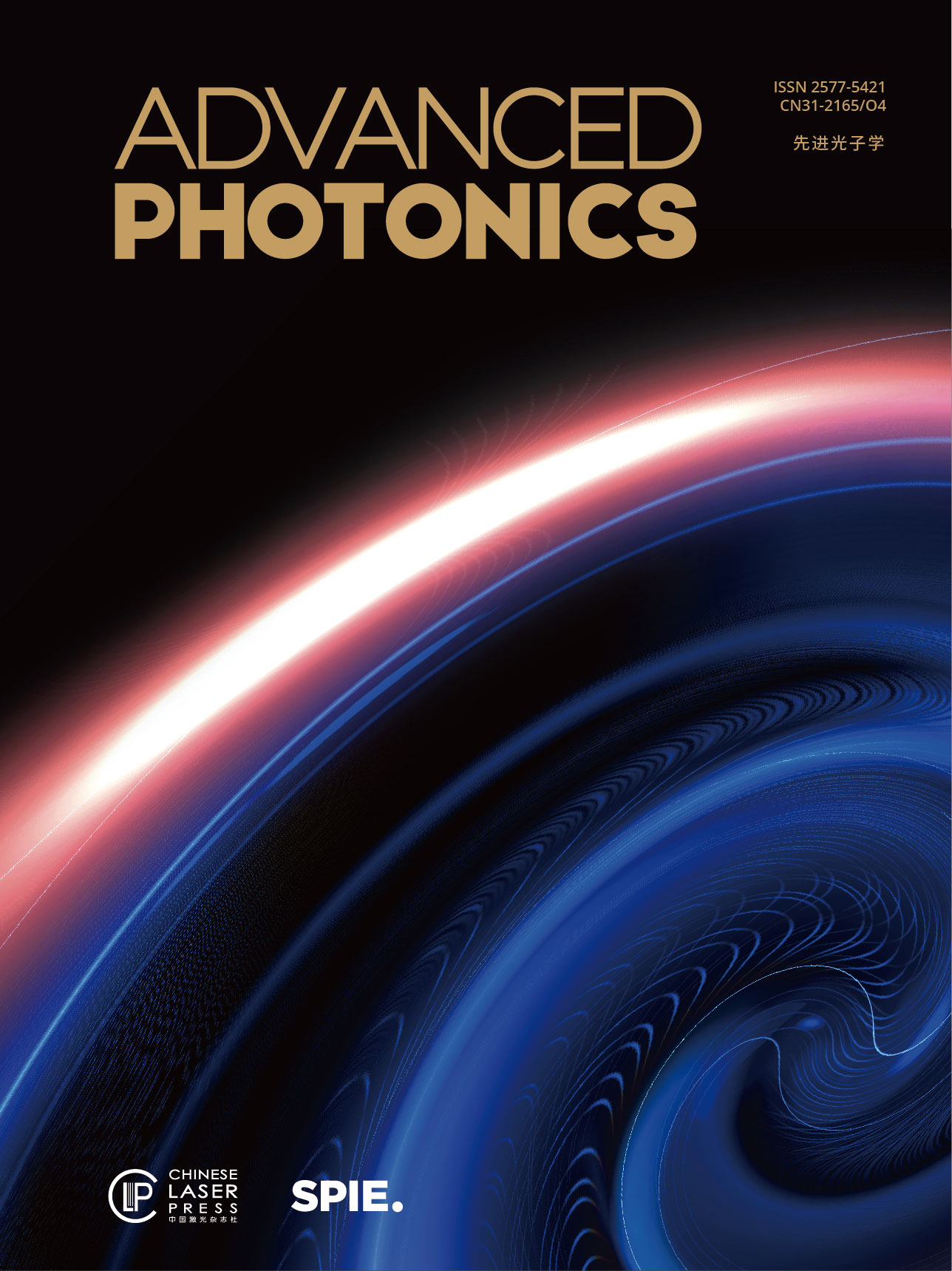Optical vortices with helical phase front and doughnut intensity distribution have garnered tremendous interest in recent times and have been applied in various fields such as quantum optics, microscopy and optical communication. Motivated by these applications, approaches to generating optical vortices have become a current subject of intense research. Basically, the methods for generating the optical vortices can be classified into passive and active categories, depending on whether the vortices are created directly at the source. The direct emission from a laser cavity, namely the active method, has raised greater interest due to its excellent features of compactness, high efficiency, and high purity. However, to exploit the extra degree of freedom provided by optical vortices for new intriguing applications, it is essential to further develop laser sources, which is capable to provide vortices over a wide spectral range.
Optical parametric oscillator (OPO) has emerged as a compelling alternative to generate broadband tunable radiations, which can access to spectral regions from the UV to infrared. Among them, OPO pumped by femtosecond fiber laser has been recognized as ideal platforms providing tunable ultrafast pulses with formidable performance, such as high repetition rate, high output power, and broad wavelength coverage. To this end, femtosecond OPOs are appealing for numerous applications, including quantum information, laser processing, and bio photonics, to name a few. As a result, the direct generation of optical vortices from the femtosecond OPOs can be the most straightforward way to generate wavelength-tunable vortex beams.
Compared with the single channel vortex beam light source, dual channel vortex beam generators have the abilities to improve the data capacity and fulfil the requirement of massive capability of trapping, and to obtain tunable terahertz radiation. Besides, two mutually incoherent sources with one Gaussian beam and one vortex beam could break the Rayleigh diffraction limit, which can be applied for super resolution imaging. Consequently, it is imperative to develop a two-channel beam generator.
Recently, a team of researchers led by Prof. Minglie Hu at Ultrafast Laser Laboratory, Tianjin University has developed a two-channel, dual-pumped OPO configuration, which is capable of providing dual-wavelength, dual-beam modes tunable across telecommunication band. Related research results are published in Advanced Photonics, Vol. 2, Issue 4, 2020 (Jintao Fan, Jun Zhao, Liping Shi, et al. Two-channel, dual-beam-mode, wavelength-tunable femtosecond optical parametric oscillator [J]. Advanced Photonics, 2020, 2(4): 045001).
Two pump beams are incident into two adjacent poling periods of a single periodically poled lithium niobate (PPLN) crystal. Such a structure ensures that two independently tunable pairs of signals can achieve synchronism with the pump and oscillate simultaneously by adjusting the OPO cavity length of each channel. In this way, the OPO generates two signals tunable over 1520-1613 nm and 1490-1549 nm, respectively. Vortex beams with different orders are created in one channel of the system by replacing the q-plate, while keep another channel in Gaussian beam mode. Owing to the advantages of thin thickness of the q-plate, the output of the vortices remains the same performance except for the order. Given that q-plates are placed in both channels, dual-vortex output can be readily obtained. The proposed method opens a new window to generate dual-beam-mode lights with a simple and economic cavity design, which may lead to advances in a wide range of applications in microscopy and quantum optics.

(a) Schematic illustration of the dual-channel, dual-beam-mode OPO experimental set-up; (b) and (c) show the spectral properties and beam profiles of the output


